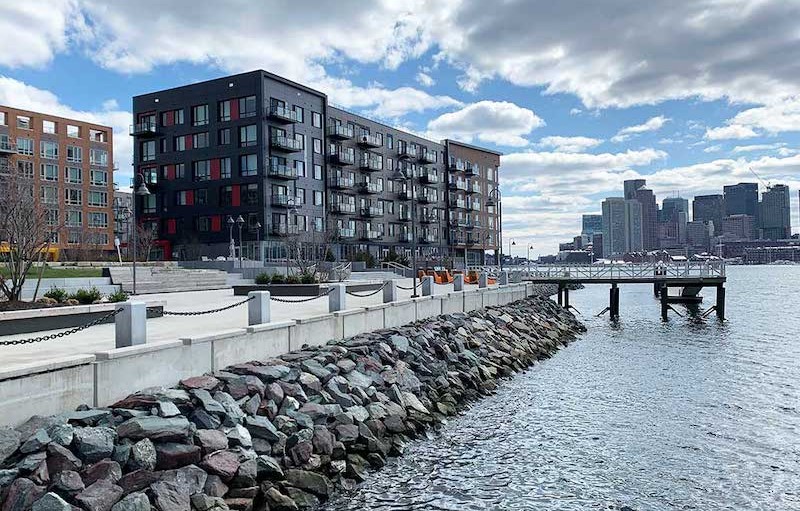The picturesque landscapes and oceanic vistas of Hampton Roads, Virginia, are a cherished part of its allure. However, as climate change brings about rising sea levels and increased storm activity, the region is facing unique challenges that demand innovative solutions. Coastal resilience architecture has emerged as a beacon of hope for safeguarding both the environment and the communities that call Hampton Roads home.
Adapting to Nature
The concept of coastal resilience architecture centers around designing and constructing buildings that can withstand the impact of rising sea levels, flooding, and extreme weather events. It's not just about building structures that can endure such challenges, but also those that can recover quickly from their aftermath.
Hampton Roads Vulnerability
Hampton Roads, with its vast coastline and intricate network of waterways, is particularly vulnerable to the effects of climate change. The area's low-lying geography puts it at risk of flooding during severe weather events. Recognizing these threats, architects and designers are reimagining the way structures interact with the environment.
Innovative Design Principles
Coastal resilience architecture isn't just about building higher seawalls or levees. It involves rethinking urban planning, embracing green infrastructure, and employing innovative design principles that work in harmony with nature. Elevated foundations, flood-resistant materials, and adaptable designs that accommodate fluctuating water levels are some of the hallmarks of this architectural approach.
Balancing Aesthetics and Functionality
One of the key challenges for architects is finding the delicate balance between functionality and aesthetics. Resilient buildings need to be both visually appealing and capable of withstanding the forces of nature. This has led to the development of creative design solutions that blend form and function seamlessly.
Community Resilience
Beyond individual structures, coastal resilience architecture fosters community resilience. Shared spaces, elevated public areas, and integrated flood management systems contribute to a holistic approach to safeguarding entire neighborhoods.
Investment in the Future
As Hampton Roads navigates the complexities of climate change, coastal resilience architecture stands as an investment in the future. It not only protects property values but also ensures the safety and security of residents. Additionally, it presents economic opportunities by attracting expertise, technology, and funding to the region.
A Collaborative Effort
The success of coastal resilience architecture in Hampton Roads relies on collaboration among architects, urban planners, policymakers, and the community. By working together, this approach can create a sustainable blueprint for the region's future, enhancing its resilience and preserving its natural beauty.
Conclusion
Coastal resilience architecture in Hampton Roads, Virginia, represents a visionary response to the challenges posed by a changing climate. Through innovative design, community engagement, and a commitment to sustainability, this architectural approach paves the way for a more resilient and vibrant future for Hampton Roads and its residents.


